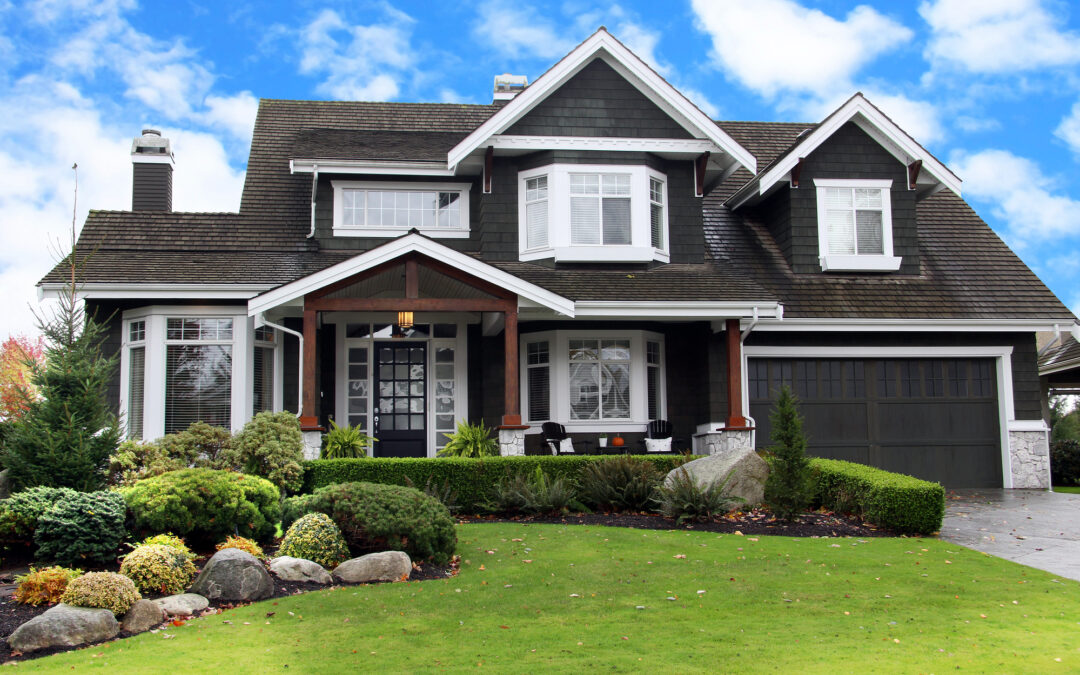Living in Northern California, in Sonoma County especially, means typically pleasant weather throughout the fall. And this is important when it comes to planning your landscaping projects.
This is because planting in late summer and early fall largely depends on the climate and temperature ranges typical of a particular area. These areas are also known as Hardiness Zones, which help delineate regions by factors such as length of its growing season, the timing and amount of rainfall, and the winter low temperatures and summer highs, as well as wind and humidity.
Why Landscaping in Late Summer and Early Fall
So, where are we found in terms of Hardiness Zones?
Most of Sonoma County lies in “Zone 9b: 25°F to 30°F” according to the USDA. And what does that mean exactly?
An article at The Spruce explains it this way:
The regions are defined by a 10-degree Fahrenheit difference in the average annual minimum temperature. The higher the numbers, the warmer the temperatures for gardening in those areas. The zones are further broken down into an “a” section and a “b” section, representing 5-degree Fahrenheit differences (for greater precision), with “a” being colder than “b.”
One of the main landscaping considerations that are determined by our Zone is the types of plants and flowers that can be planted in your landscape design. Our chosen spot of Northern California is known for being hospitable to a wide variety of flowers, for example.
Planting zones are quite useful for gardeners planting perennials since they are meant to live beyond just one growing season. Perennials must be able to survive the winter, so knowing how cold it typically gets in our area, and whether a particular plant is hardy enough to survive those temperatures, is important.
Garden product supplier Gilmour notes that,
Zone 9 flower gardens will showcase blooms year-round. Cold-hardy plants perform well during the mild winters, while tropical perennials are the centerpieces of long, hot summers. Zone 9 flowering plants include:
- Black-eyed Susan
- Canna
- Dahlia
- Hydrangea
- Rhododendrons
- Wisteria
- Zinnia
In addition, while no one seriously plans on landscaping during the peak of summer or in the frigid depths of winter, late summer and early fall is actually a better time for landscaping than spring.
Although spring is a common time for landscaping projects, it is not necessarily the best time to begin planting. One reason is that spring in Sonoma County often comes with excessive rain, a few freezes, and even unexpected heat waves at the beginning of the season. These extremes can place stress on newly installed shrubs, flowers, and plants that can be damaging.
And even planting in late spring or early summer will require more attention for your plants. The heat of summer can place stress on your shrubs, plants, and flowers, which will require more routine watering and extra care to ensure they survive the summer weather.
This is why late summer and early fall is a far better time for landscape planting.
As a newsletter article from the University of California Davis notes,
Fall planting gives plants a head start on growth. Autumn days are cooler and shorter so plants have less moisture loss through their leaves. The soil still retains warmth from the summer’s heat, which encourages root growth. During this period of retained soil warmth, the plant sends out healthy new roots to support the future growth of leaves. Winter rains further soak the roots and encourage the growth of an extensive root system.
When the days begin to warm the following spring, top growth begins, new leaves emerge, and root growth progresses at a rapid rate. During the following summer, the larger root system is able to supply more water and nutrients to the plant. The plant is better able to weather the harsh dry summer with less stress. By the following autumn, the plant will be significantly larger than one planted in the spring, in large part to the healthier root system that occurred by being planted in the fall.
Essentially, proper planting and watering your landscape in the fall will avoid the stress of summer heat and humidity and improve your chances of having a successful and beautiful landscape.
Landscaping in Late Summer and Early Fall: Doing the Work
Another real consideration when it comes to landscaping in Sonoma County is working in the summer weather.
Because the hottest months are July, August, and then June, summer is not the most comfortable time to be outdoors digging, building, planting, and hauling materials. The average high temperatures are around 88 degrees with temperatures regularly jumping to the 90s and over 100 being the norm.
Not so much in the late summer and early fall.
And one more thought: healthy trees add beauty to your property, attract birds, and can even increase your property value by 10 to 20 percent. And late summer and early fall is a perfect time for planting new trees to enhance your landscape.
Your Best Local Source for Landscaping Design
Don’t hesitate to contact us for your late-season landscaping and design needs. We know that creating the best look for your outdoor space is important to you and we’re ready to answer any questions you might have about your landscaping design.
Get ready to welcome guests to your backyard with an attractive and unique outdoor space and landscape design.
If you have questions, or you’d like to schedule a consultation about your garden or landscaping project, contact the professional landscape designers and plant installers at Northview Landscaping today at (707) 657-9508 or email us at info@northviewlandscape.com

